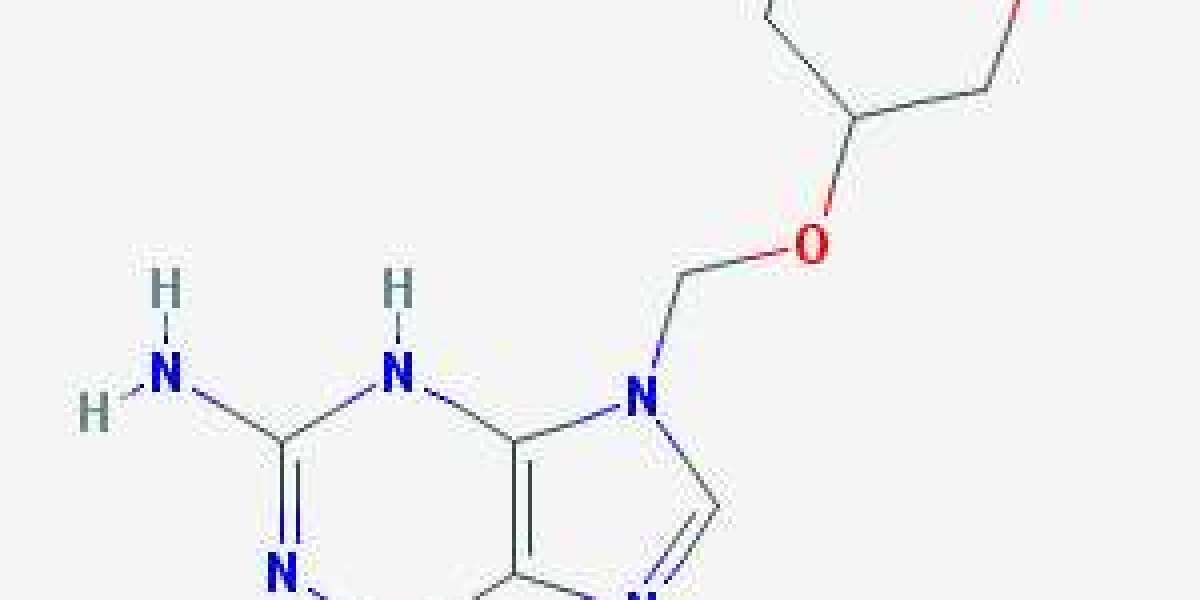How do chemical factories produce fertilizers?
The main steps of producing fertilizers in chemical factories include raw material preparation, chemical reactions, and product processing.
raw material preparation
The main raw materials for fertilizers include nitrogen, hydrogen, phosphate ore, potassium ore, etc. For example, the main raw materials for the production of nitrogen fertilizer are nitrogen and hydrogen in the air, the main raw materials for phosphorus fertilizer are phosphate ore, and the main raw materials for potassium fertilizer are potassium ore.
chemical reaction
Nitrogen fertilizer production: mainly through Haber Bosch method and Andreas method. The Haber Bosch method synthesizes ammonia from nitrogen and hydrogen under high temperature and pressure, which is then further used to produce nitrogen fertilizers such as urea and ammonium nitrate. Andreas' law is to produce ammonia gas by electrolyzing water.
Phosphate fertilizer production: Reacting phosphate ore with concentrated sulfuric acid to produce phosphoric acid, which can be used to produce phosphate fertilizers such as superphosphate and diammonium phosphate. Another method is to high-temperature roast phosphate ore to generate calcium phosphate, which is then further processed into calcium magnesium phosphate fertilizers, etc.
Potassium fertilizer production: reacting potassium ore with hydrochloric acid or sulfuric acid to produce potassium chloride or potassium sulfate.
product processing
Compound fertilizer production: Mix various fertilizers such as nitrogen fertilizer, phosphorus fertilizer, potassium fertilizer, etc. in a certain proportion, which can be achieved through direct mixing or granulation methods. The granulation method is to make granular fertilizers from mixed fertilizers through granulation process.
Granulation process: including disc granulation and drum granulation, etc. Disc granulation is the process of aggregating materials into particles through the rotation of a disc, followed by drying and sieving. Drum granulation is achieved by the rotation of the drum and the action of the binder to aggregate the material into particles, which also requires drying, cooling, and screening.
High tower granulation: Melting or mixing raw materials at high temperatures into a slurry, scattering and cooling from high altitude to agglomerate into particles, and finally sieving to obtain finished products. The composite fertilizer particles produced by high tower granulation technology are uniform and bright in color, suitable for the production of high nitrogen composite fertilizers.
wawa lee
1 ブログ 投稿



